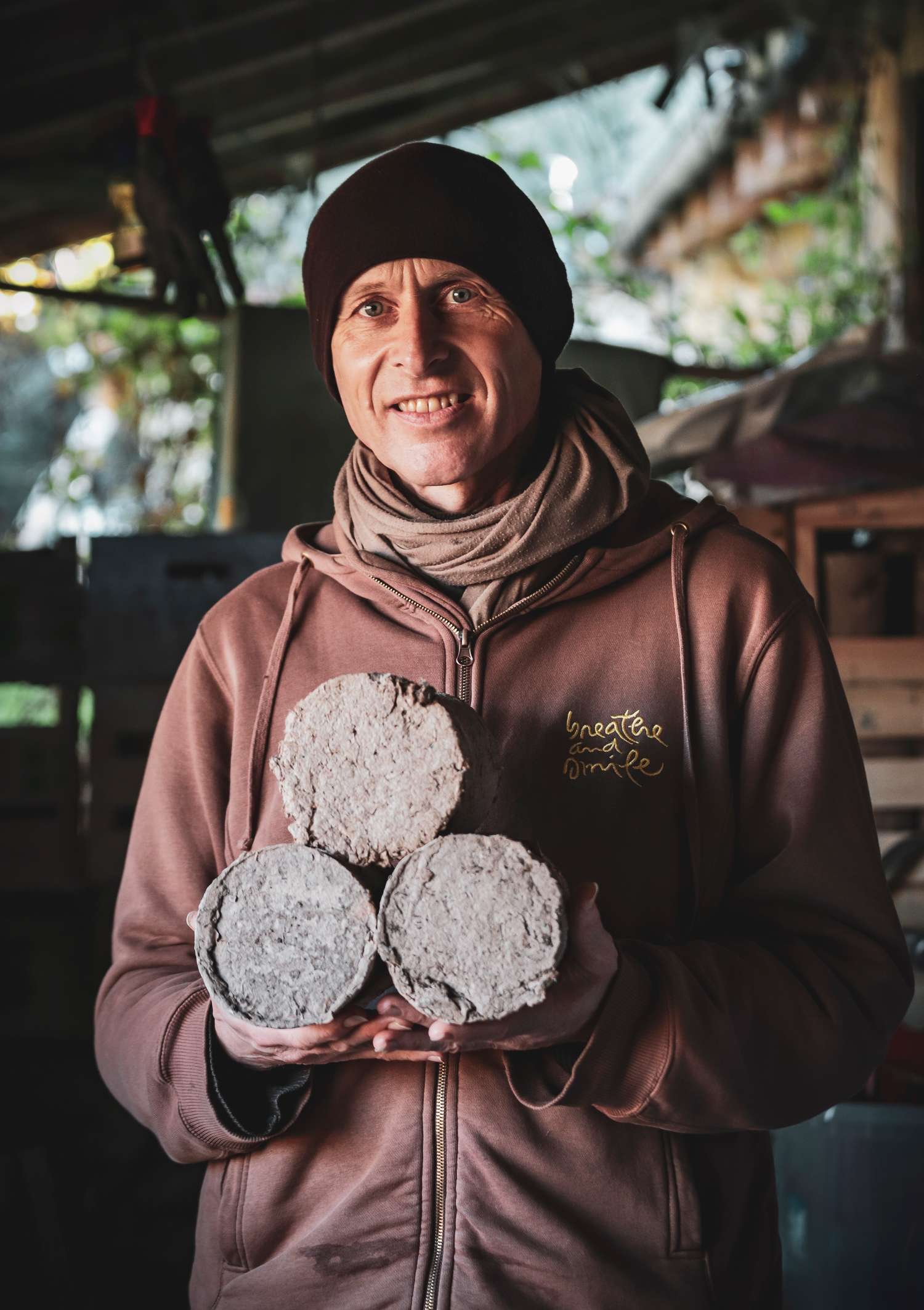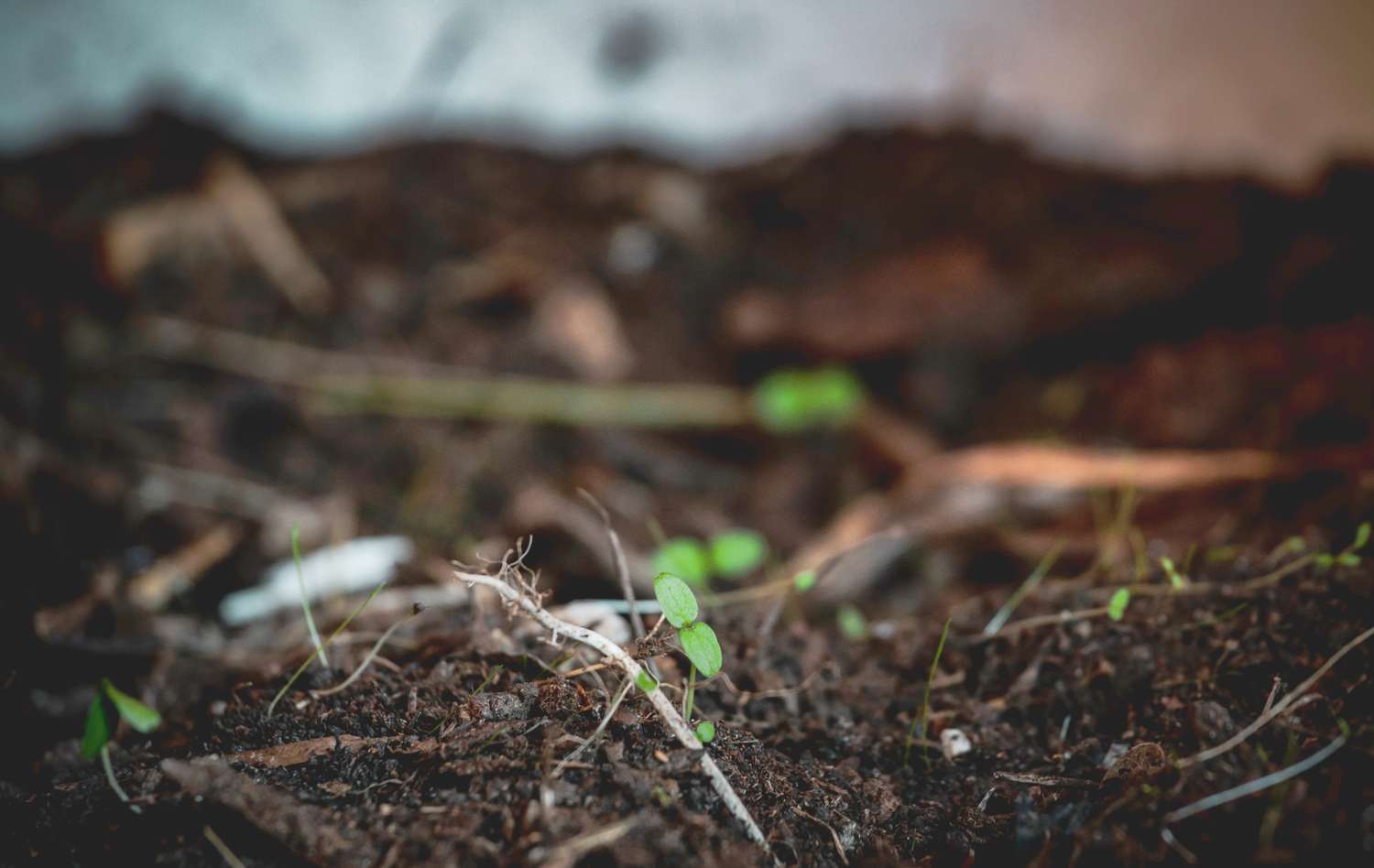The Environment – What Can We Do?
Brother Chân Trời Đại Đạo
Workshops on the environment
I love Mother Earth, and I cannot look at documentaries on the environmental crisis without feeling despair and powerlessness. It was with this backdrop that a chain of events happened which empowered me not to give up hope but to do what we can, where we are, with what we have got, to help Mother Earth. Perhaps Mother Earth can be a verb as well as a noun, perhaps we have to nurture and care for the land that is looking up at us needing our love.
During the Rains’ Retreat of 2019, we had a series of workshops on the environment to see how we could reduce our carbon footprint and recycling, which completely changed the way I saw rubbish. We started looking at the amount of waste we were exporting out of the monastery. The mindset we had at the time was to take everything to the recycling centre by van. We didn’t give much thought to what happened to it next. It became someone else’s problem.
The workshops showed us what happened next, and so we saw that vast amounts of things are not recycled but are buried in the earth in huge pits. Even things that are recycled are not processed locally but are transported on to other larger plants, creating more carbon. We also watched a documentary about a Japanese town that had achieved zero waste through the collective efforts of the whole community. They had succeeded in building a collective recycling centre that tried to re-use everything. Therefore it seemed clear that by looking into what we could process here ourselves we would reduce transport by fossil fuel burning vehicles and reduce the amount of stuff buried in the earth.

When we study the 12 links of dependent co-arising, we realise that through ignorance, things are seen as separate formations without interrelations between them. We see a log on the fire but not the chainsaw that cut it up or the fossil fuels burnt in that cutting. We see a tee-shirt but not the amount of water used to make it. It is also easy for us to get rid of things and not concern ourselves with what will become of them or our planet. Can we see the future of the packaging of items we order online or buy in the shop?
Harvesting rainwater
One of the workshops focused on water and how much water we use unnecessarily. Our revolution began right there. I began to notice that we had several large rainwater collectors lying around and not being used. Little by little we started connecting them to gutters and before long we had five rainwater collectors harvesting a total of 2,500 litres of rainwater. It cost us almost nothing, just our labour since we had pipes salvaged from reconstruction projects.
But once the containers were full we could not harvest any more rainwater next time it rained. Around the same time we started to buy cooking oil in 25-litre plastic containers and they eventually started arriving in the recycling barn. So we began cleaning them and filling them from the rainwater collectors. Our rainwater tanks became rain cows that we could endlessly milk.
What are we doing with all that water? If you are planting trees it is very convenient to have many portable containers of water. Also we have an outside tap next to the monastic residence. Son Ha is at the bottom of a hill and gets very muddy when the rains come. The brothers were using this outside tap to wash the mud off their boots. So we put one rainwater collector there with a tap to clean our boots so we save on tapwater.
Two other collectors were set up to take the runoff rainwater from our barn roof. We use this to process the waste cardboard and to water the flowers in the garden.


Driving less
When we looked at the waste we were driving in our van to the local recycling centre, we found that it was mostly cardboard and glass. Not only were we driving them to the recycling centre while burning diesel, but they were also not being processed there. So it would all go on another fossil fuel burning journey to a larger processing centre. I like cycling and decided to cycle the glass to the nearby bottle bank in Puyguilhem at the top of the hill. This is good for my health, good for the environment, and empowering me to feel that I am doing something to help.
Composting and making cardboard logs
To make compost, we shred some of the cardboard by hand, add it to weed or grass cuttings, and store it in empty rice sacks (of which we have a regular supply from the kitchen). Witnessing this alchemy of turning grass and cardboard, seeing the red worms come, and eventually seeing the pile transformed into dark brown compost is very fulfilling.
To make a “log,” the waste paper and unglossy cardboard are cut up and soaked in rainwater before being pulped, mixed with sawdust from our woodwork area and compressed into logs for the fire. It can be difficult sometimes to get everyone on board with the idea that separating sawdust from other floor sweepings is helping the environment. But patience pays off. We made the log press from an old car jack and bits of scrap metal.
At first the logs were too long so they either bent over, or comically slumped in the drying process. Actually when I think back, the very first ones I made were so small it took too much effort to make them for the end result, so that’s why I started making them longer. In addition they were so fragile while still wet that I broke many just turning them over through their drying stage. Gradually we found the best length to diameter ratio to make them efficient to make and able to manoeuvre and dry naturally in the wind and sun. The learning and correcting process was frustrating but also empowering.
This synergy of rainwater harvesting and cardboard, sawdust and garden waste recycling turns a lot of waste into useful things, keeps us warm and helps us grow trees and plants. We also reduce the amount of wooden logs we need and thereby the amount of chainsaw use and less smoke particles from our chimneys. The seasons affect everything so it’s harder to make compost in midwinter as there is no green stuff to mix in and the temperature is cold. Making logs is a good alternative.
Repurposing containers–introducing the tetrapot
For two years we struggled to find a solution for the vast numbers of tetrapaks from vegan milk we were putting into our yellow recycling bags, taking up a third of the volume. We cannot crush them as the recycling centre can only process them uncrushed. From time to time I would try to think of a solution to this issue–sometimes quite laughable ideas, but always in vain. I kept this situation in the back of my mind waiting for an answer to come.
One day we were invited to help plant pumpkin seeds on our organic farm. We were planting the seeds into fragile unrecyclable black plastic pots. They kept breaking as we put the compost in. There was the solution! If we cut a tetrapak in half and make a hole in the bottom half we have two planting pots, which we had been buying, and they can be used more than once. The Happy farmers were keen to try it as an experiment and so a new life was given to the thousands of tetrapaks we use every year. We are also using them to plant many trees. The tetrapot was born!
With every project there are teething problems. We have to clean the pots really thoroughly as rodents are attracted to traces of milk in the pots and are very happy to munch big holes in the sides of our pots. As for all the lids they are the subject of a future recycling project.
From waste to resource
What we are discovering is that once we start to look at things not as waste but as a potential resource, we create the conditions for finding what that resource will be useful for. It has been hugely empowering to see what we, a small community, can do for the environment using only what we have to hand. The revolution continues.
It is clear to me that we need to separate more things in bins. Our ability to repurpose waste revolves around it being separated. This is unpopular as it means we have to think more about where to put each waste item. However, it is the only way we have found to practise recycling and repurposing. Our online shop for example has to send all its products by mail. So we started a new bin just for cardboard envelopes and bubblewrap envelopes. Now that all goes to the online shop for re-use. Without the extra bin it’s not possible.

We are lucky in our community to have many different functions: farm, office, shop, etc. But wherever we live we are part of a wider community where these functions also exist. We receive wooden crates from vegetable farmers for example. Originally I cut them up with a table saw to make kindling for the fire. Then a brother suggested taking them to a local grower. So now we take them to a local market garden for re-use. So some things are repurposed here and some outside. We just keep looking out for opportunities and the mind of recycling develops naturally.